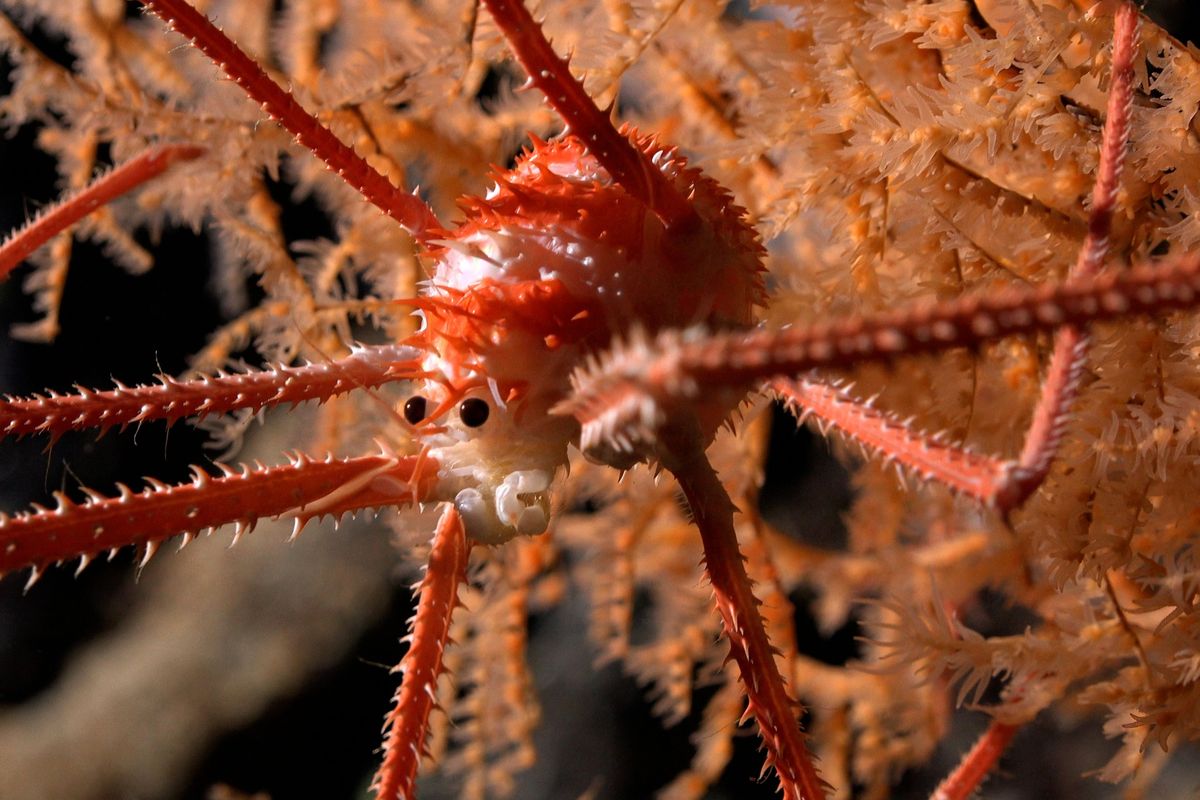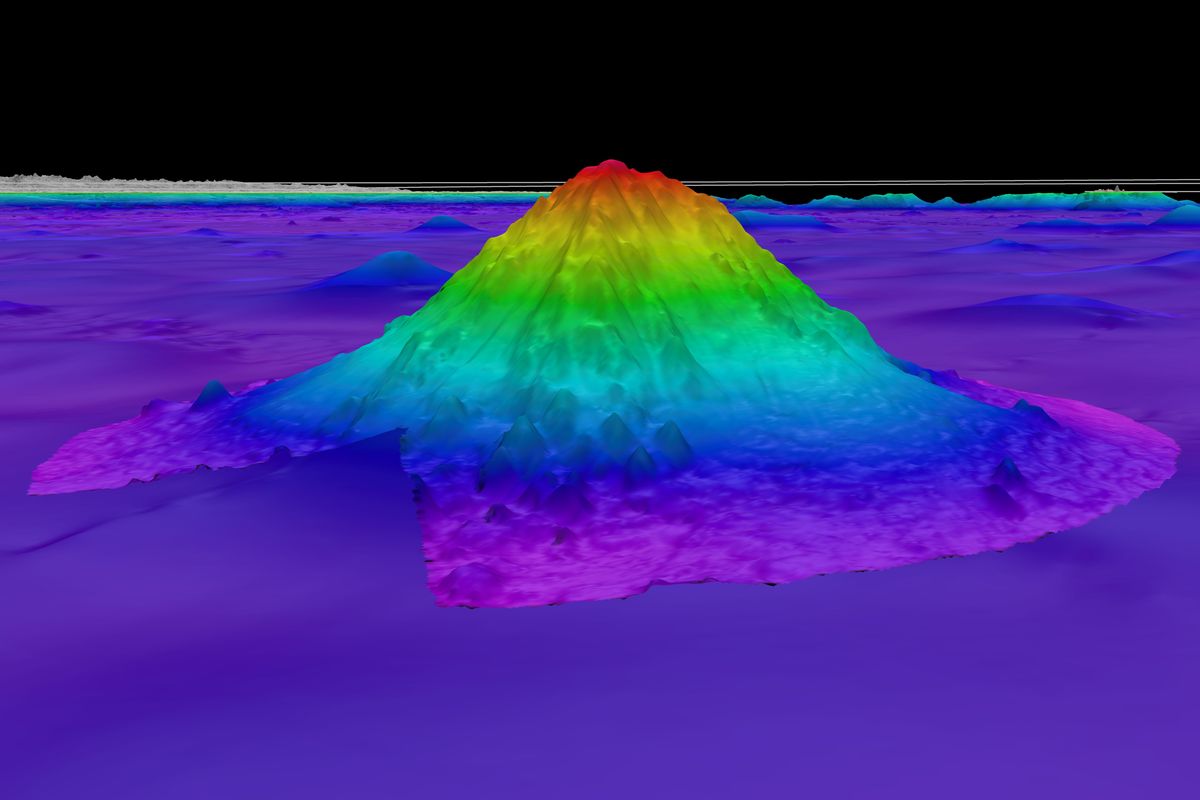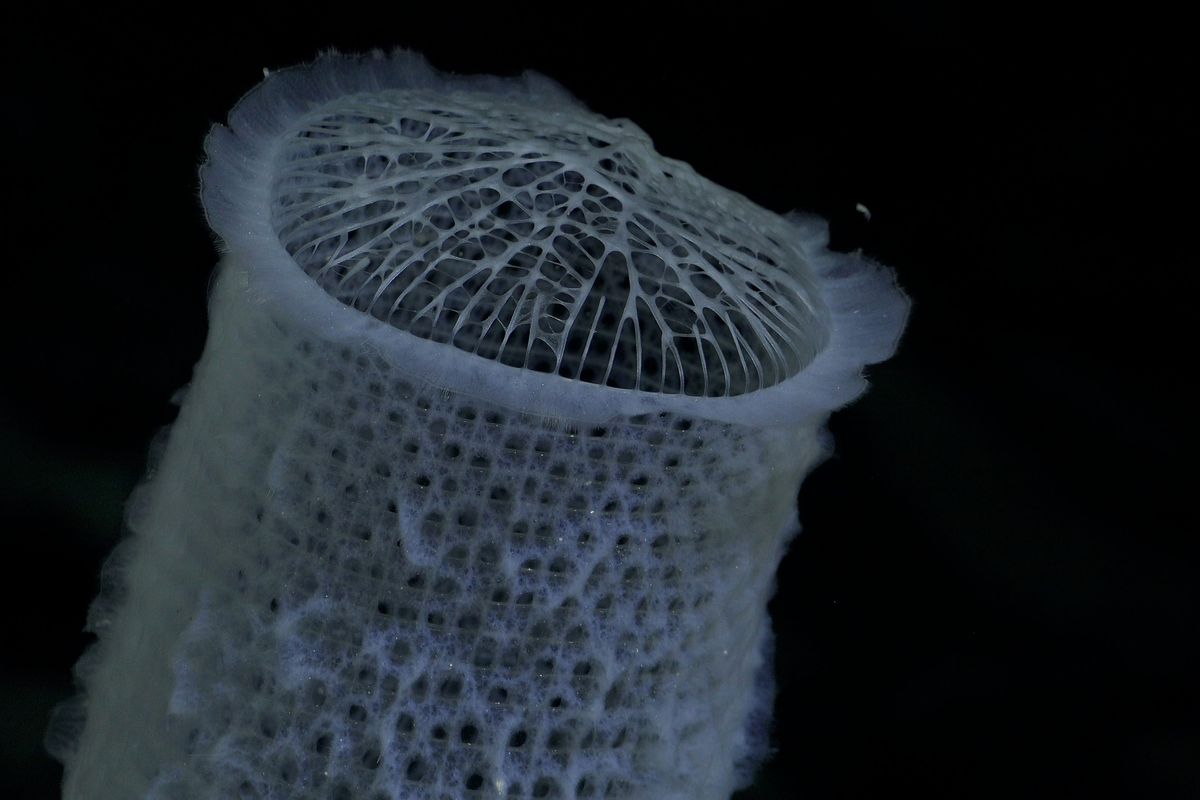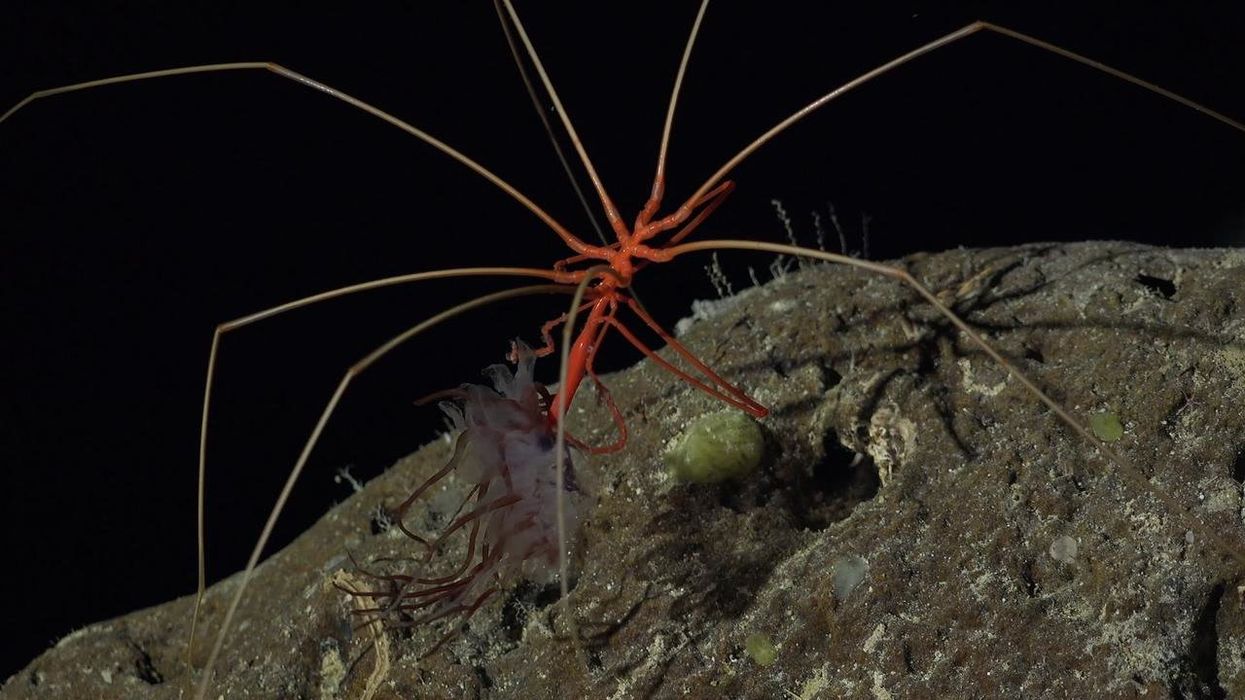Science & Tech
Harriet Brewis
Jul 15, 2025
Scientists Discover More Than 100 New Species on Seamounts off the Coast …
StringersHub / VideoElephant
A bright red “sea toad” and an underwater mountain four times taller than the world's biggest skyscraper are among the jaw-dropping discoveries made by a team of deep-sea explorers in a single stretch of the ocean.
Between 8 January and 11 February, 2024, researchers for the Schmidt Ocean Institute (SOI) explored the seafloor off the coast of Chile and unearthed a scientific treasure trove.
These include more than 100 previously unknown marine species and a handful of never-before-seen seamounts.
Footage recorded by the SOI team offers a window into the extraordinary landscape and its inhabitants, including intricate glass sponges and lobsters with barbed legs.
The expedition, titled "Seamounts of the Southeast Pacific," sent a robot more than 4,500 metres (14,000 feet) beneath the waves to collect data from 10 seamounts in the region.
This will then be used to advance Chile’s marine protection efforts, the SOI said in a statement.

The mission focussed on underwater mountains and their ecosystems in three key areas: the Nazca and Salas y Gómez ridges — two underwater mountain ranges that stretch more than 2,900 square kilometres (1,800 miles) from Chile to Easter Island (also known as Rapa Nui) – and the Juan Fernández and Nazca-Desventuradas marine parks.
In total, the researchers mapped some 52,800 square kilometres (20,400 square miles) of ocean and, in so doing, they found four previously unseen seamounts.
The biggest of these, which has now been christened Solito — from the Spanish for “alone” — towers 3,530 metres (11,581 feet) above the seafloor, making it more than four times taller than Dubai’s Burj Khalifa, which stands at (828 metres) (2,716 feet).
“We far exceeded our hopes on this expedition,” lead researcher and marine biologist Dr Javier Sellanes, of Chile’s Universidad Católica del Norte, said in the SOI statement.
“You always expect to find new species in these remote and poorly explored areas, but the amount we found, especially for some groups like sponges, is mind-blowing.”

Perhaps most excitingly for Dr Sellanes and his team was that each seamount hosted distinct ecosystems, including deep-sea coral reefs and sponge gardens.
The scientists are now analysing the physiology and genetics of the specimens to confirm whether or not they are, indeed, new species.
“Full species identification can take many years, and Dr. Sellanas and his team have an incredible number of samples from this amazingly beautiful and little-known biodiversity hotspot,” said Dr Jyotika Virmani, the SOI’s executive director.
“Schmidt Ocean Institute is a partner with the Nippon Foundation – Nekton Ocean Census Program, which has set a target of finding 100,000 new marine species in the next 10 years and, once identified, these new species will be a part of that,” she added.

It is also worth noting that a majority of the species uncovered during the expedition live in vulnerable habitats, such as cold-water corals and sponge gardens.
This makes them highly susceptible to damage from trawling and deep-sea mining, as Live Science notes.
And whilst the specimens seen within the Juan Fernández and Nazca-Desventuradas parks are legally protected from such threats, the seamounts along the Nazca and Salas y Gómez ridges are currently at risk.
A second expedition along the Salas y Gomez Ridge was launched on Saturday (24 February).
The SOI will livestream underwater dives taken as part of the mission via its YouTube channel as scientists explore areas at a depth of more than 600 metres (1,967 feet) for the first time.
Now, the world lies in wait to see what wonders they will uncover this time.
This article was first published on Feb 25, 2024
Why not read...
- Scientists discover creature 'beyond imagination' encased in 99 million-year-old amber
- Scientists have discovered two giant mystery structures lurking under Africa
- 'World’s oldest pyramid' built 25,000 years ago was not made by humans, archaeologists claim
Sign up for our free Indy100 weekly newsletter
Have your say in our news democracy. Click the upvote icon at the top of the page to help raise this article through the indy100 rankings
Top 100
The Conversation (0)













